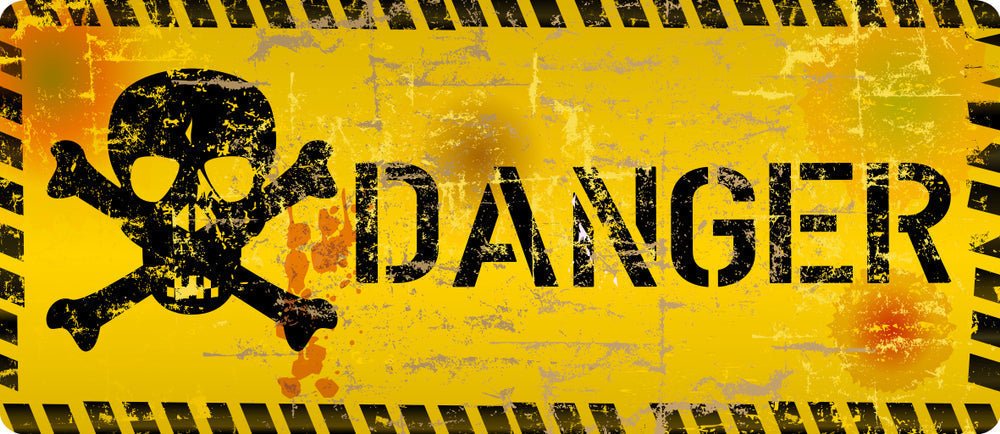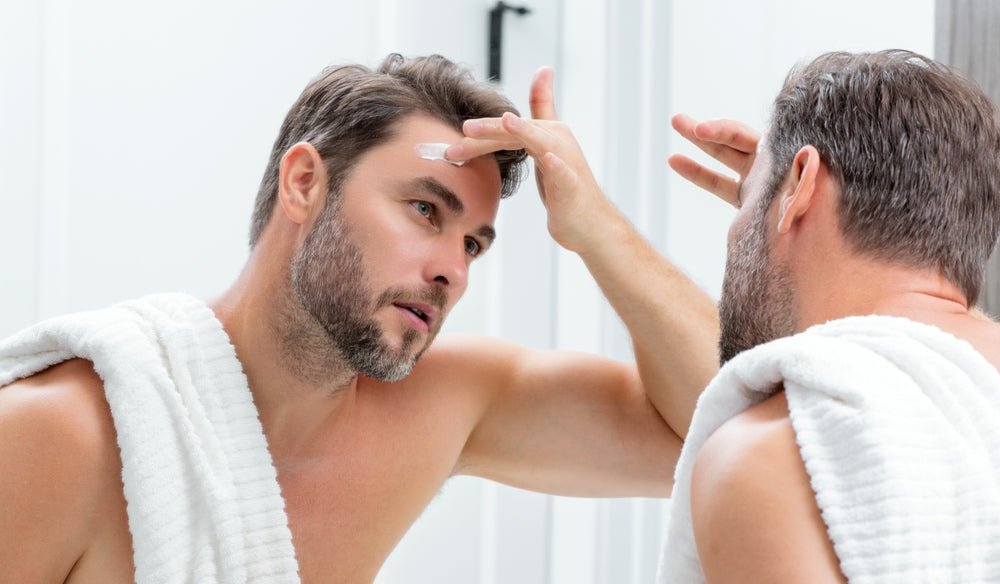
Real Risks of Shaving Sensitive Areas with Non-Ceramic Shaver Razor Blades
Some men prefer using metal shaver razor blades for sensitive areas, not knowing that this choice can lead to serious health issues. This article reveals the main risks of traditional blades compared to ceramic ones.
1. Increased Skin Irritation and Inflammation After Shaving
Shaving sensitive areas with traditional shaver razor blades often causes rapid skin irritation. Redness, burning sensations, and discomfort can appear immediately after shaving. According to data from medical centers such as the Mayo Clinic, nearly 60% of men experience skin irritation in sensitive areas after shaving. The reason is that the skin in these areas is thin and delicate, and metal blades fail to provide the required care.
2. Cuts and Nicks Caused by Traditional Shaver Razor Blades
Using traditional shaver razor blades on sensitive areas frequently leads to small cuts or even bleeding. Statistics from the Cleveland Clinic reveal that one in four men suffer monthly cuts or nicks during intimate shaving. These wounds make the skin more vulnerable to bacteria, increasing the risk of infections and causing discomfort after every shave.
3. Ingrown Hairs, Bumps, and Rashes
One of the most frustrating results of using traditional shaver razor blades is ingrown hairs. When hair grows back into the skin, it often leads to painful bumps, rashes, and sometimes inflammation that requires medical treatment. According to the American Academy of Dermatology, 30% of men who use metal blades regularly struggle with recurring ingrown hairs in sensitive areas.
4. Bacterial or Fungal Infections from Cuts or Contaminated Blades
Even minor cuts during intimate shaving can significantly increase the risk of bacterial and fungal infections. Research from Johns Hopkins Medicine shows that bacteria and fungi grow rapidly on unclean metal blades, especially when reused multiple times. This exposes men to potential complications that may require antibiotics or prolonged medical care.
5. Thicker and Coarser Hair Growth Over Time Compared to Ceramic Blades
Shaving sensitive areas with traditional shaver razor blades often makes the hair grow back thicker and coarser. Medical studies, including reports from Harvard Health, confirm that cutting hair with metal blades leaves the tips blunt, causing regrowth that feels rough and coarse. Many men notice that their skin feels less smooth after shaving with these blades.
6. Skin Sensitivity and Persistent Itching
Using non-ceramic shaver razor blades increases the risk of skin sensitivity and itching, especially in delicate areas. Research published in the British Journal of Dermatology shows that 45% of men experience itching and irritation within hours of shaving intimate areas with traditional blades.
7. Faster Hair Regrowth and Uneven Skin Texture
Metal blades only cut the hair at the surface, which means regrowth happens faster and often results in an uneven or patchy appearance on the skin. Many men report that hair in sensitive areas grows back more quickly and unevenly after shaving with traditional shaver razor blades, forcing them to repeat the process more often.
8. Risk of Viral or Sexually Transmitted Infections from Micro-Cuts
Shaving with traditional blades can create tiny, invisible cuts, increasing the risk of transmitting skin viruses or even sexually transmitted infections. The World Health Organization (WHO) warns that micro-cuts may facilitate the spread of HPV (human papillomavirus) or herpes, especially when using unclean blades or shared grooming tools.
9. Boils and Pus-Filled Bumps Around Hair Follicles
Small shaving cuts make hair follicles vulnerable to infection, which can lead to painful boils and pus-filled bumps. Global medical sources highlight that bacteria can easily transfer from contaminated blades to the skin, causing folliculitis. These boils not only cause severe discomfort but may also leave permanent scars.
10. Rust and Bacterial Contamination on Metal Blades
Traditional metal blades are prone to rust, which creates a breeding ground for harmful bacteria. Shaving sensitive areas with rusted shaver razor blades exposes the skin to infections and long-term health issues. The U.S. Centers for Disease Control and Prevention (CDC) warns that rusty blades significantly increase the risk of skin infections and other complications.
Conclusion
Choosing the right tools for shaving sensitive areas is essential for maintaining men’s health and hygiene. Ceramic shaver razor blades provide a safer and more comfortable shaving experience with fewer risks of irritation, infections, and long-term skin problems. Recent studies from global medical institutions strongly recommend avoiding traditional metal blades and switching to cleaner, safer alternatives. By making this change, men can protect their skin, feel more confident, and enjoy better personal care every day.






